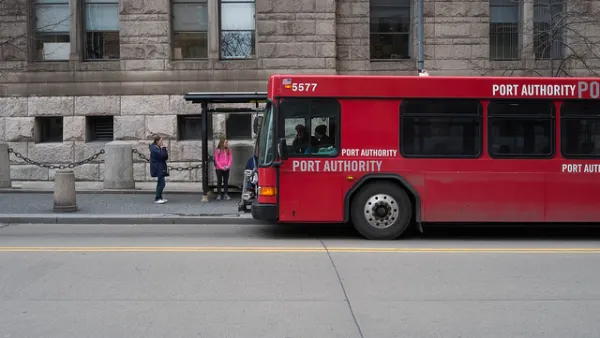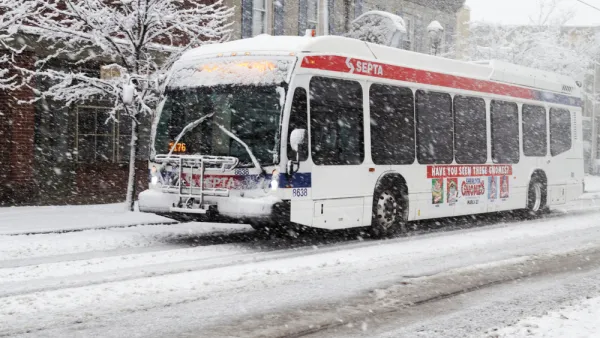King County Metro operates one of the nation’s busiest transit systems—without running any trains. The agency recently released a playbook as a guide to transit service.

In an article published by Transportation for America, Jackson Pierce shares news and details on the “Transit Speed & Reliability Guidelines and Strategies” published by Washington State’s King County Metro in late 2021.
According to Pierce, the guide presents a “playbook” for operational tools and capital projects that can be copied by other transit agencies to save riders time and money. “At a time when building public trust in transit is essential, it’s an excellent guide to the infrastructure and services that make transit trustworthy,” write Pierce.
Kings County Metro is one of the nation’s highest performing transit agencies—"one of America’s ten most-ridden transit agencies in 2019, and the busiest not to operate any rail services,” as noted by Pierce. “They achieved this high ridership through smart comprehensive planning (and funding!) for services that run to the places where people actually go.”
As for the specific investments and strategies recommended in the guide, Pierce highlights several (with more detail to be found in the source article below), including changes to street and intersection design and bus stop planning considerations like stop consolidation and bulbouts.
An article by Jeff Switzer for King County Metro at the time of the guide’s release in November 2021 offers additional insight into the document and its recommendations.
FULL STORY: King County’s blueprint for better bus speed and reliability

National Parks Layoffs Will Cause Communities to Lose Billions
Thousands of essential park workers were laid off this week, just before the busy spring break season.

Retro-silient?: America’s First “Eco-burb,” The Woodlands Turns 50
A master-planned community north of Houston offers lessons on green infrastructure and resilient design, but falls short of its founder’s lofty affordability and walkability goals.

Delivering for America Plan Will Downgrade Mail Service in at Least 49.5 Percent of Zip Codes
Republican and Democrat lawmakers criticize the plan for its disproportionate negative impact on rural communities.

Test News Post 1
This is a summary

Test News Headline 46
Test for the image on the front page.

Balancing Bombs and Butterflies: How the National Guard Protects a Rare Species
The National Guard at Fort Indiantown Gap uses GIS technology and land management strategies to balance military training with conservation efforts, ensuring the survival of the rare eastern regal fritillary butterfly.
Urban Design for Planners 1: Software Tools
This six-course series explores essential urban design concepts using open source software and equips planners with the tools they need to participate fully in the urban design process.
Planning for Universal Design
Learn the tools for implementing Universal Design in planning regulations.
EMC Planning Group, Inc.
Planetizen
Planetizen
Mpact (formerly Rail~Volution)
Great Falls Development Authority, Inc.
HUDs Office of Policy Development and Research
NYU Wagner Graduate School of Public Service





























